6. All The Pretty Horses (Billy Bob Thornton, 2000)
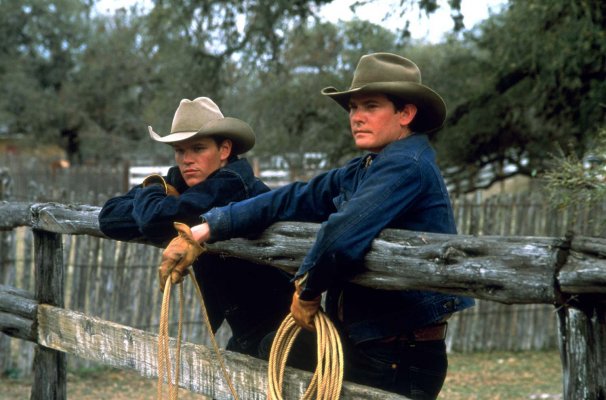
Just because a director made a hit movie does not mean it was made without any hitches or arguments. This seems to be the case with All The Pretty Horses, where rumour has it that producer Harvey Weinstein wanted to get even with director Billy Bob Thornton for going against his wishes to not release Thornton’s previous film Sling Blade, despite Sling Blade being an Oscar winning hit.
Thornton wanted to create as faithful of an adaptation of Cormac McCarthy’s source novel as he could, hence its original very long running time of over three hours, which he trimmed down to 2 hours and 42 minutes. According to Thornton himself, the three plus hours version was an assembly cut that he was planning on shortening anyway. Thornton had also previously clashed with producers early in the production when he cast different actors to whom they wanted cast.
However, the producers took this the wrong way. Although $50 million had been spent on All The Pretty Horses by this point, Weinstein forced Thornton to cut it down to 2 hours, and the film’s original score consisting of spare and haunting electric guitar music was replaced with emotional violin music.
A lot of character development was lost from the cuts made that could have made All The Pretty Horses a far more engrossing drama. The film’s lead actor Matt Damon has since criticised the studio’s decision to cut the film so drastically, saying, “You can’t cut 35% of the movie and expect it to be the same movie.”
Since the film adaptation of McCarthy’s other novel No Country For Old Men was so well received, perhaps the studio should have let Thornton tell the story as he originally intended and All The Pretty Horses may have gotten similar praise.
7. Alien 3 (David Fincher, 1992)
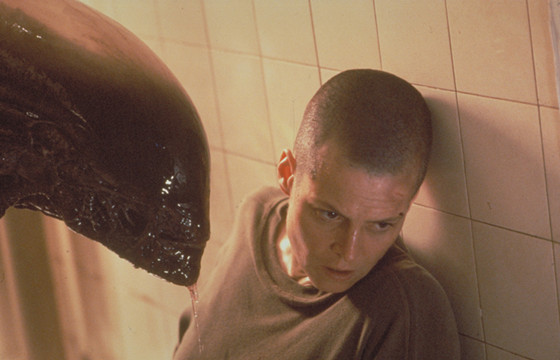
Alien is one of director David Fincher’s favourite movies, so he would have thought it was a dream come true for his debut feature film was to be a sequel to Alien.
The disappointment he must have felt when making Alien 3 must have been crushing. Fincher has not minced words on his thoughts on Alien 3 when he said in an interview with The Guardian in 2009: “No one hated it more than me; to this day, no one hates it more than me.”
Sets had been built before Fincher and the writers finalised what the plot would be, so they had to work with what had already been built. There were constant rewrites as the sets were being built and scenes being filmed, causing Fincher to constantly clash between the actors, the crew and ultimately the studio.
As Fincher was a first time director, 20th Century Fox thought he would be easy to control. However, Fincher rebelled against Fox by filming scenes, despite Fox specifically objecting to said scenes.
Both a bad test screening and studio interference forced Fincher to reshoot much of the movie, which was a horrible experience for him. But even after all that, 20th Century Fox made a different cut behind Fincher’s back, making him walk away from the project.
Alien 3 had the right ingredients to be on par with Alien and Aliens, and in many respects it does work as a grim yet satisfying conclusion to the Alien story (before it was continued and ruined by the unnecessary sequel Alien: Resurrection). Alien 3 gave moviegoers their first taste of Fincher’s nihilistic yet stylish form of filmmaking, but it was an Alien sequel that was not destined to become a classic in its own right.
Despite being offered to finally make his own cut of Alien 3 years later, Fincher kept his distance from the franchise, and Fox made a “Producer’s Cut” that used Fincher’s notes to try and create Fincher’s original vision of the film. The film’s troubled production makes it very understandable why Fincher hates his contribution to the Alien quadrilogy.
8. Last Action Hero (John McTiernan, 1993)
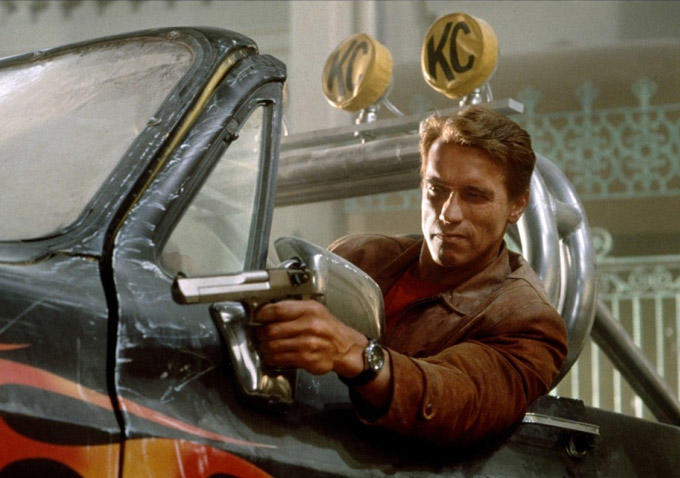
A film from the star of The Terminator, the writer of Lethal Weapon, and the director of Die Hard should have struck cinematic gold. It did not, far from it, and studio interference and internal problems caused this production to go way off course.
The original screenwriters Zak Penn and Adam Leff were dismissed from the production, and David Arnott and Shane Black, who was one of Hollywood’s highest paid screenwriters at the time, were brought in to rewrite the script to Arnold Schwarzenegger’s satisfaction.
Although the studio had told Black and Arnott they were happy with their script, things went downhill once John McTiernan was hired to direct the film. Black and Arnott were fired, and screenwriters William Goldman, Carrie Fisher and Larry Ferguson were all hired by the studio as script doctors to rewrite the previous rewrite.
The combination of every writer’s ideas made for a muddling and confusing film too jam packed with ideas for the film to work properly, resulting in sloppy storytelling. This was all before filming had even begun.
Both McTiernan and the studio did not know what Last Action Hero should be, causing friction between them. Things got worse when after a disastrous test screening, resulting in the ending being reshot, making the film even more a case of mixing and matching different peoples’ ideas.
When the film was eventually released, it had Jurassic Park to compete with, drawing all the attention away from Last Action Hero. With both the studio’s and the filmmaker’s ideas, what could have been a great ‘90s era meta-action movie was not up to scratch for audiences.
9. Cursed (Wes Craven, 2005)
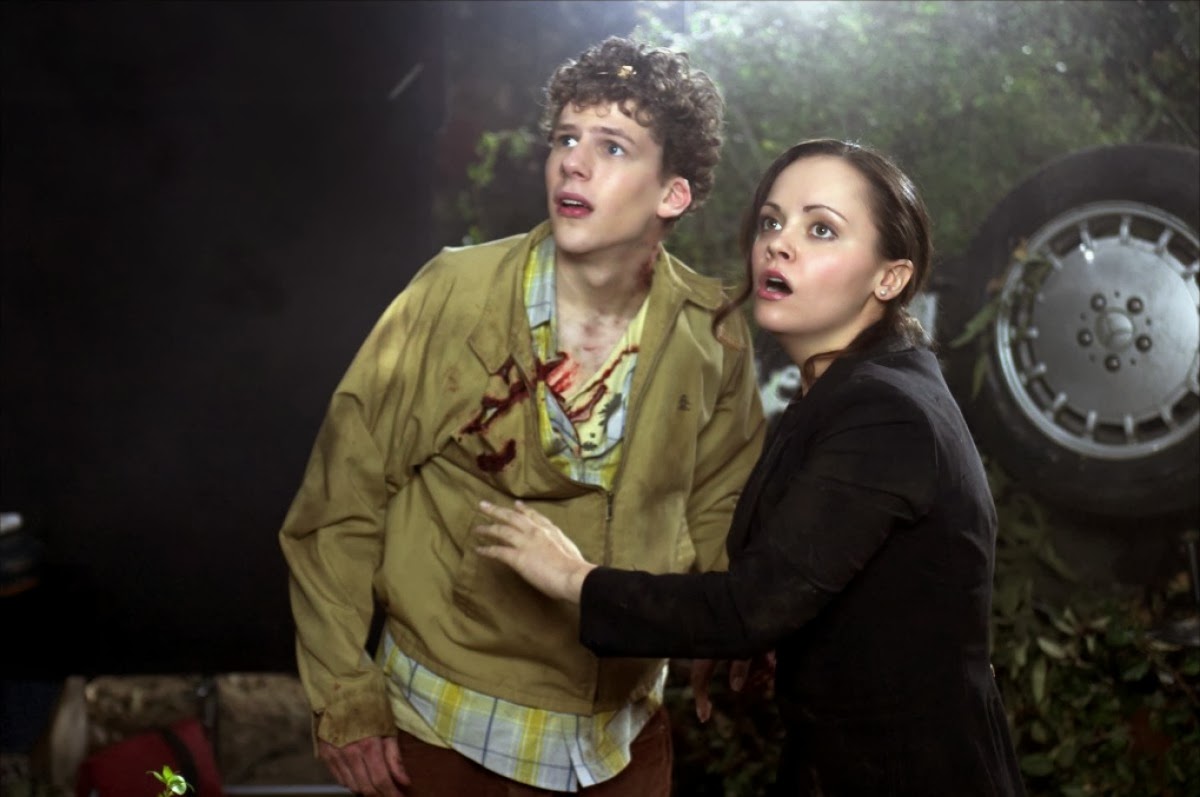
Horror maestro Wes Craven had started filming his werewolf teen horror movie Cursed in early 2003 so it would be released later that year. Craven had a $38 million budget and a great cast to work with, and the script was written by Kevin Williamson, who co-created the Scream movies with Craven. The early behind the scenes footage looked promising. Cursed should have been a fun movie, but the film’s title proved to be an accurate summary of what the production would be like.
Production was stalled for over a year due to production and script issues. Although 90% of the original version of Cursed had been filmed, producer Bob Weinstein was unhappy with what was filmed and wanted the movie to have a whole new plot.
Many of the actors originally involved had to be replaced because of characters being completely removed from the story or because certain actors were unavailable for reshoots due to commitments to other films. Wes Craven complied with Weinstein’s wishes and reshot most of the film, including writing and filming a whole new ending.
Despite this, Weinstein was not happy with the ending and another ending had to be made, one which did not fit in well with the rest of the film. Dimension betrayed Craven by making a PG-13 rated cut of the film rather than the R rated cut that Craven was contracted to make. Cursed was eventually released in 2005, but bombed at the box office. One cannot help but think the film would have been more successful in its original form.
10. Exorcist: The Beginning (Renny Harlin, 2004)
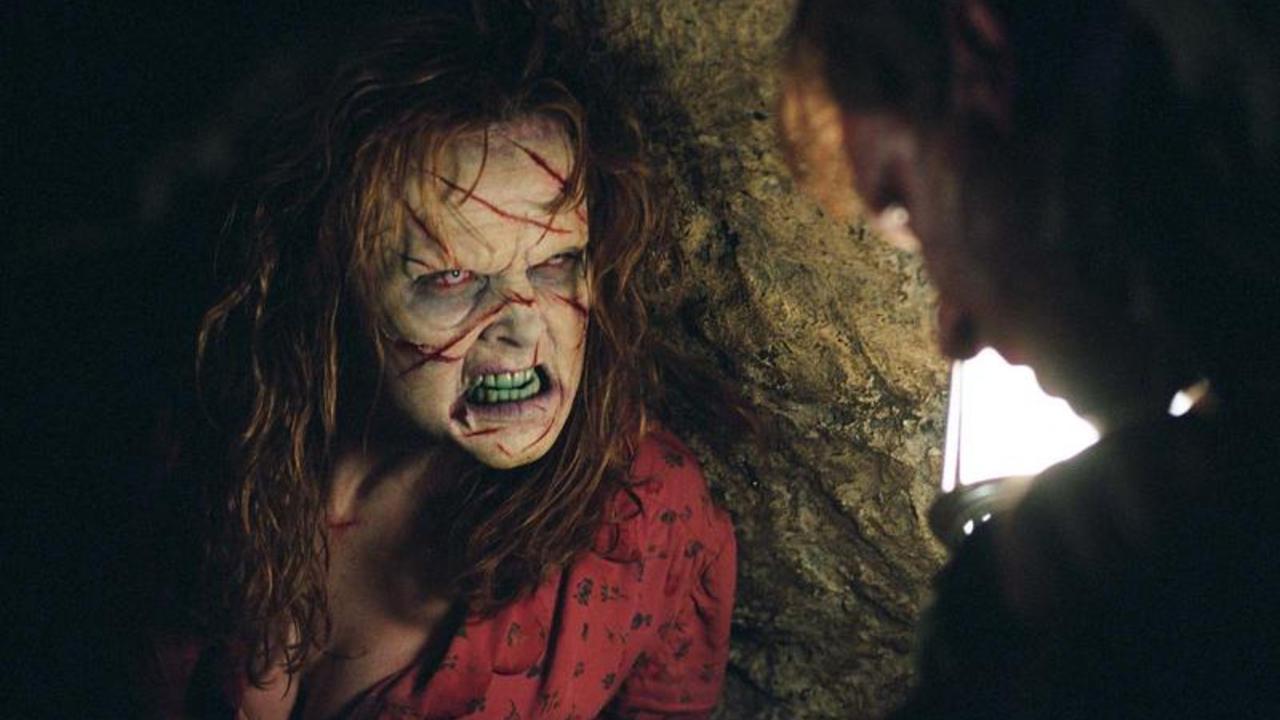
Although Renny Harlin is credited as the director, the original version of the Exorcist prequel was made by Paul Schrader. However, the hell Schrader went through with making this film is on par with the actual hell that the film is about.
Exorcist: The Beginning was inspired by a line in the original Exorcist where Father Merrin mentions having dealt with a demon in Africa years earlier. This prospect would have been an exciting one for any Exorcist fans to see on the big screen. Paul Schrader filmed the Exorcist prequel as more of a psychological thriller about Father Merrin’s crisis of faith in God than a horror movie.
Imagine a strange cross between the scariness of the original Exorcist and the bleak tone of Taxi Driver; that film would have been something. However, the test audience thought the film was slow and boring, and wanted more gore and for the film to be more like the original Exorcist. After this disastrous reception, Schrader was fired.
Action director Renny Harlin replaced Schrader, who reshot most of the movie, so much so that Harlin pretty much made an entirely different movie himself. Both films have Stellan Skarsgard playing Father Merrin and the same basic plot, but the tone and end results are completely different. Old characters were either recast or deleted to make way for new characters, and a lot more gore was added.
With Harlin’s film, what moviegoers got was a pretty standard horror film with gore and jump scares, nothing out of the ordinary and the type of cringe worthy Hollywood shlock you would expect from a Renny Harlin film. You could say it is quite the opposite of what made the original Exorcist so good.
The original film had very little action in it, yet its creepy tone is what has made it memorable over 40 years after its release. This is the tone Schrader was going for, but Morgan Creek Productions wanted something more modern.
Despite all this time and effort put in by Morgan Creek, and not to mention all the money spent on two movies, Harlin’s version still bombed at the box office. After the film flopped, the studio decided to release Schrader’s cut on DVD, titled Dominion: Prequel To The Exorcist, to make some of its losses back from people curious enough to see the original version. The cruel irony of this tale is that many have since said that Schrader’s version, despite its flaws, is the superior film.
Author Bio: Matt Wilson is a professional writer from Melbourne, Australia. His passion for cinema has always been a part of him and he aspires to be a screenwriter or a novelist. He particularly enjoys the films of Michael Cimino, Oliver Stone, Stanley Kubrick, Paul Verhoeven, David Lynch and Quentin Tarantino.